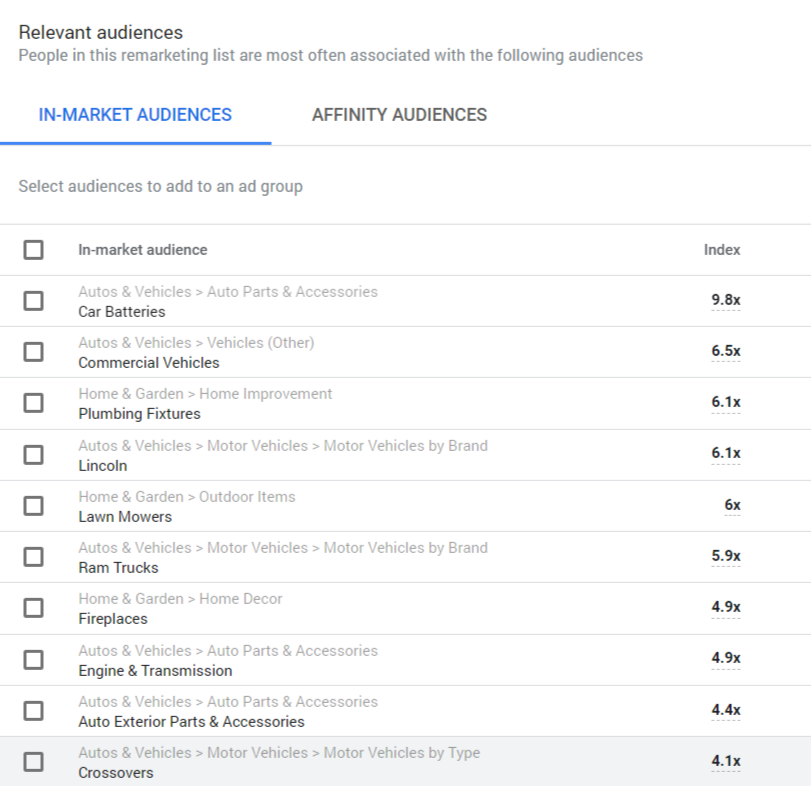Content getting repetitive? Try tangential content
By: Kaleigh Bulford
August 12, 2020 | Reading Time: 4 mins
If you work in a niche space, giving your audience fresh and interesting content on a regular basis can be difficult. You can only make so many checklists and “best practice” posts that ‘cleverly’ recommend your products and services. Eventually, people will see through these thinly veiled ads, preventing your content from getting much traction. Furthermore, your competition is probably covering the same subject matter, making it even harder to stand out.
So, how do you break through? Enter tangential content.
What is tangential content?
Tangential content, as the name implies, is content that’s not directly related to your products or services. These topics ideally have a broader appeal, but still hit home with your original core audience.
Say you sell veterinary surgical equipment and your audience is veterinarians. Despite the obvious connection, it’s unlikely veterinarians are spending their downtime researching the latest trends in small animal X-ray technology. But they might be very interested in the best shoes for people that are on their feet all day. And while you don’t sell shoes, you’ve now got your brand in front of your audience so when they do start researching their next surgical equipment purchase, they’re already aware of your brand and you’ve generated goodwill by providing them with content that was valuable to them.
Why you should try it
If you feel like you’re reaching the bottom of your content well, or you’re just not happy with the results you’re getting, you should give tangential content a shot. Heck, you should try it even if you are happy with your content. Why?
- Nobody wants to link to ads. Tangential content leads to more social shares, media mentions, and backlinks
- Tangential content puts the customers’ needs first by creating value for your audience in a way that branded content (usually) can’t
- Tangential content broadens your reach and increases top-of-funnel awareness
Marketing generally has a broad appeal and is ever-changing, meaning it’s rare we ever run out of things to talk about. Despite this, we still create tangential content because it’s effective. In fact, two of our three most popular blog posts are tangential, relating to teambuilding rather than any services you’ll find on our website. These posts have drawn some of the biggest companies in the world to our site and even sparked engagement.
Red Bull’s tangential content has wings
Recently, while Googling my current gaming obsession, Apex Legends, I was taken by surprise when a blog post by Red Bull was on the first page of my search results. Curiously, and with a great deal of skepticism, I checked it out. This led me down a rabbit hole that inspired this very post. Like, did you know Red Bull has a music academy?! Or that Red Bull sells music for content creation? It’s something I’d expect from a company like GoPro, but not one that sells energy drinks.
Red Bull is all in on tangential content, with entire divisions created for these separate topics. It’s just one of the ways Red Bull demonstrates how well they know their customer and how they put them first. They create content that provides real value for their audience—not fluffy BS. Just because Karen’s son plays a lot of Fortnite, doesn’t mean she’s qualified to write about it. Red Bull understands this, which is why (based on my quick LinkedIn snooping) they hire experts who can provide something of high quality. That’s right, not having someone on staff isn’t an excuse when there are thousands of freelance writers who are just a click away.
Companies often hesitate to invest in content creation that doesn’t directly lead to sales. However, the success of brands like Red Bull helps prove this isn’t the right way to think.
How you can use tangential content right now
If you’re like most of our clients, you probably don’t have millions of dollars to throw at creating entire divisions or even content hubs for your tangential content. But that shouldn’t stop you from expanding on your topics. For our blog, we use ‘fun stuff’ and ‘other’ categories for content that doesn’t quite fit our usual programming. If you want to experiment with new topics without committing to new blog categories, consider publishing content directly on social media. Alternatively, if the content doesn’t have a place on your website, there’s always the option of dropping it on a landing page. This way, you’ll remain open to backlinks.
Whether the content lives on your website or not, the one thing that should remain consistent is your brand voice. While you can stray from typical topics and publishing routines, your content should always look and sound like your content.
How to find insights into what your audience is into
While your tangential content should have a broad appeal, it still needs to resonate with your core audience.
If you don’t have any personas and you’re struggling to come up with ideas, you can start here:
- Google Ads Audience Insights is great if you have a remarketing tag on your website and have been running Google Ads. You can find this under your audience manager in the ‘audience insights’ tab.

Here we see that vehicles in general, or commercial vehicles specifically, are very popular with this audience - Facebook audience insights can provide you with a plethora of data.
- Google Trends is the best place to find out what’s trending both in your specific area and worldwide. If you can tangentially relate what’s trending to your business, you’ve found a prime topic for content.
- You can also check out what’s trending on social media platforms like Twitter and Reddit.
- Actually ask your customers what they’re into. Your sales team can be a great source of tailored customer information. If the information isn’t there, consider creating a survey to gather customer feedback.
Give it a try
I hope this post has inspired you to take a stab at creating tangential content. It might just be that breath of fresh air your content marketing needed.








